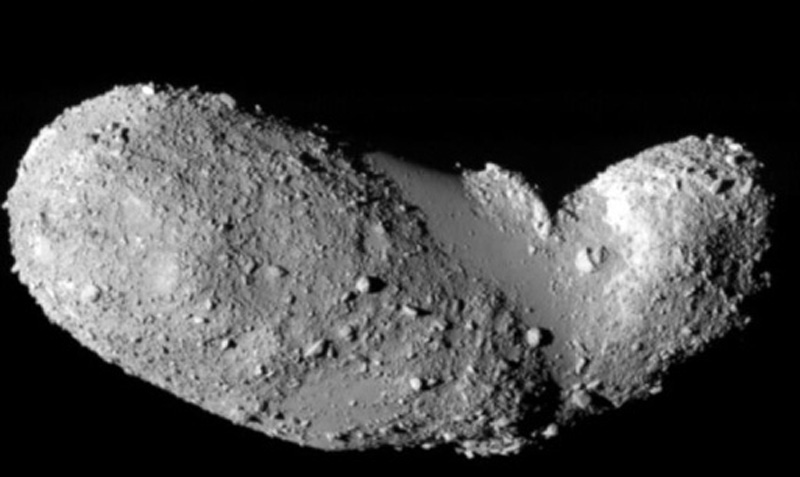In any case, 10 km asteroids on short notice are astronomically rare.
The one which killed dinosaurs had tens of millions of years notice. Dinosaurs did not have NASA.
What is our level of confidence that there are no "earth crossers" of that size that have yet to be cataloged?
If a new one were discovered today, how much notice would be required to do anything about it?
Seems to me that an object from the asteroid belt would be detected a lot earlier than say, a Kuyper Belt object whose orbit was somehow perturbed by collision or whatever, and took up an earth-crossing orbit in an orientation 60-90 degrees off the ecliptic. Such an object would probably blindside us.

